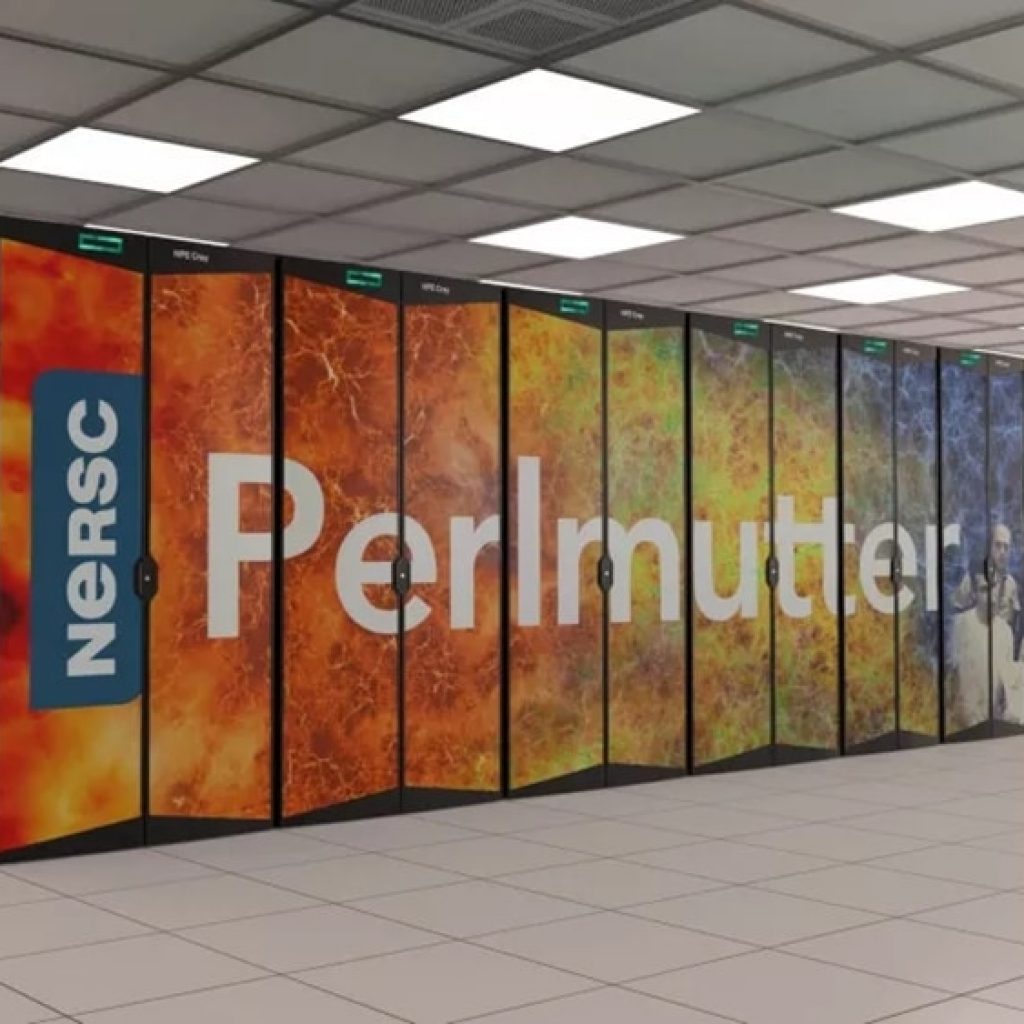According to a recent report, Nvidia has fired up a new supercomputer designed using 6,000+ Nvidia A100 Tensor Core GPUs. It is being touted as the fastest in the world for AI workloads and is located at the National Energy Research Scientific Computer Center (NERSC) in California.
The supercomputer has been named after astrophysicist Saul Perlmutter and its first task will be creating the most ambitious 3D map of the universe ever seen.
As of now, Perlmutter is capable of delivering almost four exaFLOPS of AI performance, which, according to Nvidia,
Makes it the fastest system on the planet on 16- and 32-bit mixed-precision math AI uses.
However, this is not where the researchers will put a stop to its performance. Rather, its performance will be bolstered further as part of “phase two”, with the introduction of the second tranche of CPU cores.
Almost 7,000 researchers are working on the supercomputer and will put the Perlmutter system to work. Several applications have already been readied with the goal of advancing astrophysics and climate science.
Dion Harris, Nvidia HPC & AI Product Marketing Lead, wrote in a blog post,
In one project, the supercomputer will help assemble the largest 3D map of the visible universe to date. It will process data from the Dark Energy Spectroscopic Instrument (DESI), a kind of cosmic camera that can capture as many as 5,000 galaxies in a single exposure.
He further explained,
Researchers need the speed of Perlmutter’s GPUs to capture dozens of exposures from one night to know where to point DESI the next night. Preparing a year’s worth of data for publication would take weeks or months on prior systems, but Perlmutter should help them accomplish the task in as little as a few days.
Researchers hope that that the detailed map of the universe developed with the supercomputer will help them learn more about dark energy, the force behind the ever-accelerating expansion of the universe.
ALSO READ
Apple and Samsung to Face Supply Issues Due to COVID-19 Surge
The post Nvidia is Making a 3D Map of The Universe appeared first on .


